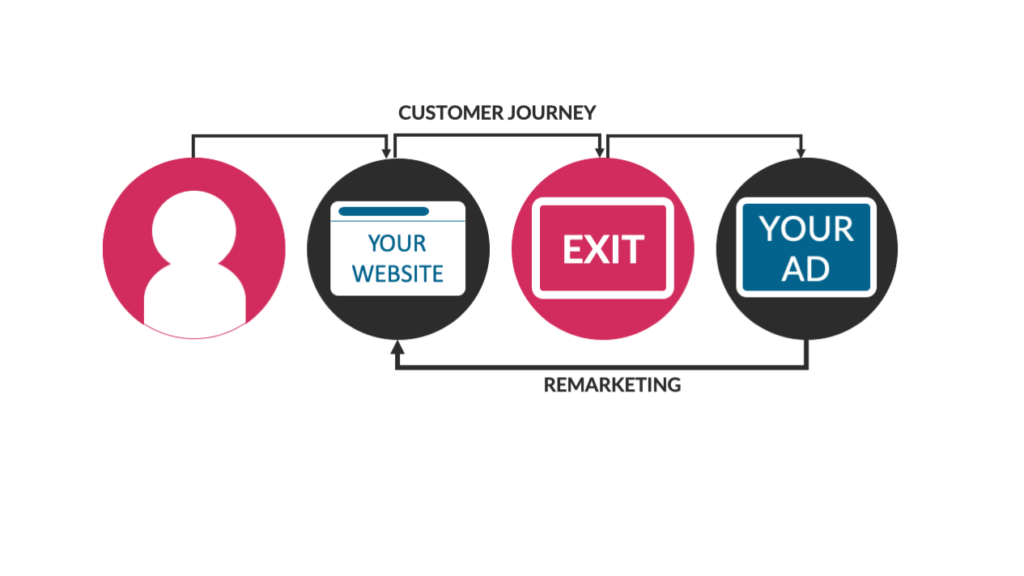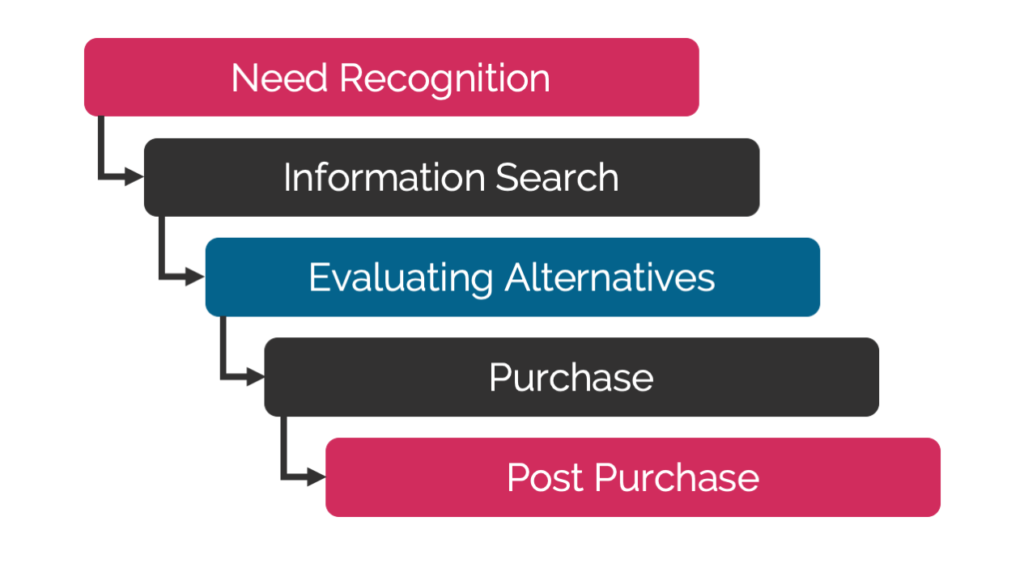Let’s Talk Remarketing!
Have you noticed ads for a website you’ve recently visited following you round the internet? Perhaps you’ve seen the same ad on your frequented news site, YouTube and Gmail. This will be a remarketing campaign!
The idea behind remarketing is that you’re targeting ads to prospects (potential customers) who have shown interest in your product/service. These prospects are more likely to convert based on your marketing efforts as they are already interested in the product/service.
There has been a bit of controversy over remarketing recently – some people think it’s awesome and others think the ads are plain annoying for customers. However, research shows that 71% of customers actually prefer targeted ads than un-targeted ads. Remarketing is a win-win for businesses and consumers!
How Remarketing Works
When a prospect enters your website and leaves before they complete the conversion cycle, you can retarget ads to them across other websites and platforms. These ads prompt the prospect to return to your website to complete the conversion process.
Remarketing works by placing cookies on your website visitors device. This enables you to place the prospect on your remarketing audience list – the list of prospects you want to retarget ads to. You can then advertise to these prospects across the internet after they leave your site, reminding them of what you can offer them!
Why You Should Use Remarketing
Remarketing works because it prompts already interested users to return to your website and complete the conversion process. Prospects who have entered your website have shown interest in your product or service. So, retargeting them with remarketing is a cost-effective marketing strategy as these users are likely to complete the purchasing decision process. Let’s take a look at the purchasing decision process.
After recognising a need, customers are going to head to the information search stage. Say a customer is looking for new cat food (need recognition), they might then Google “good cat food brands” or “harmful cat food ingredients” (information search).
The evaluating alternatives phase is where remarketing is likely to come in. After some research, prospects head towards evaluating alternatives where they might look directly on company websites to check the specific ingredients list and check prices. If a customer clicks on your website during this phase you’re likely a contender for their purchase. While customers are off evaluating other alternatives you can remarket to them, ensuring that your product stays in the front of their mind.
Other external factors can also be the cause of prospects not converting. Perhaps they’re waiting for payday, or there are a few bills coming in this week so they need to hold off on purchasing. By remarketing in these circumstances, you are reminding customers of the product they want so they don’t forget to buy it!
The key point here is that prospects will likely leave your website because they aren’t ready to make a purchase decision – they’re still evaluating alternatives. However, you are likely a contender for their final purchase decision. By remarketing to prospects you are reminding them of your product or service offering. This should put you ahead of competitors also being evaluated!
Time to get cracking on your remarketing strategy!
Now that you’re an expert on what remarketing is and why you should use remarketing, it’s time to get cracking! Chekc out some of our other digital marketing tips here.



